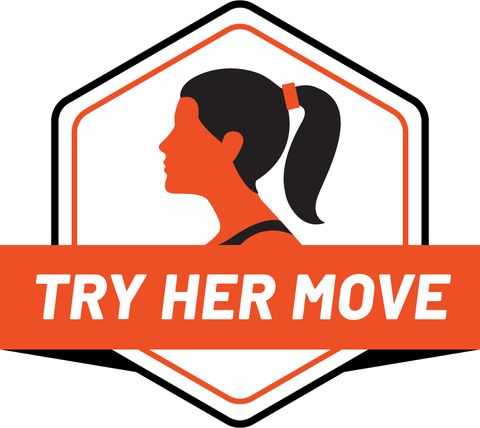
Men’s Health/Eric Rosati
While you’re at your strongest when you have a stable base beneath you, focusing your workouts on one leg at a time can be the key to unlocking your body’s full potential. Unilateral training helps you to build balance, strength, and even help you to stave off injury as your one-sided work can home in on muscle imbalances your bilateral (both sides working at the same time) training might hide.
Trainer Charlee Atkins, C.S.C.S. uses these one-sided exercises to get her clients thinking outside of the boxed-in, perfunctory movements they repeat in their bilateral-only training. “Unilateral training is functional training,” says Atkins. “Training one leg at a time becomes intentional training, which enforces awareness throughout the entire exercise.”
Unilateral work is also incredibly useful because it forces you to engage your muscles with movements that are closer to how our bodies work in real life. We’re very rarely able to pause long enough to plant both of our feet in an athletic stance throughout the day—so you’re using your muscles in a more representative manner here. “The training focus requires the muscles to develop in a way that supports day-to-day activities—walking, running, changing direction, etc.,” says Atkins.
Try this four exercise series on your next leg day to change things up. Atkins advises that you start with body weight to allow the body to get used to the movements, and then make your way up to adding a load.
Perform each exercise for 15 reps per side, with little to no rest in between
You can add the exercises to your leg day as you see fit, or run though them all in a circuit with little to no rest for a quick unilateral challenge. Repeat 3 to 4 times through, resting for a minute between rounds. Just make sure to take your time—finding your balance is half the challenge when you’re starting out.
Want to learn more moves from Atkins? Check out our series full of her workout tips, Try Her Move.
Source: Read Full Article
